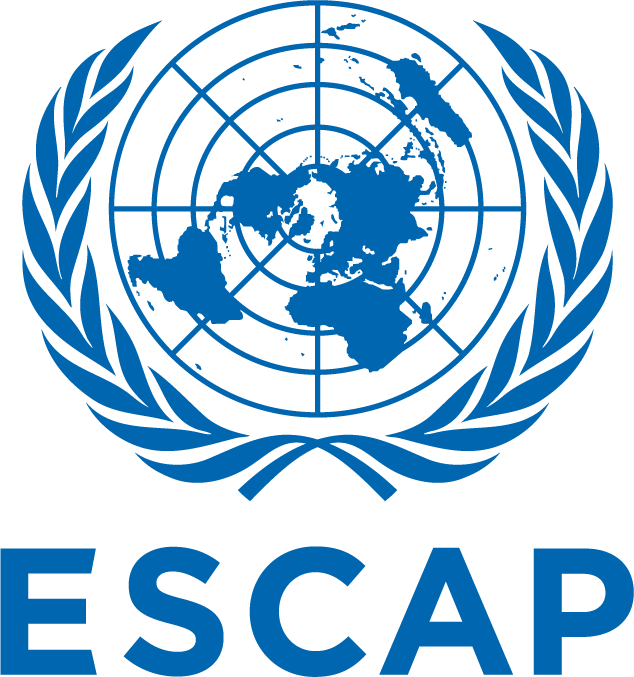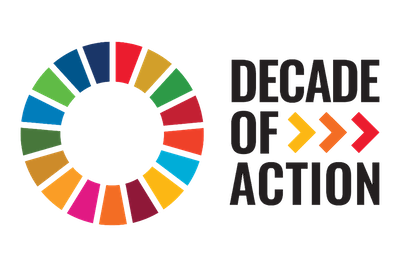What is the Asia Pacific Disaster Resilience Network
Disasters disproportionately impact poor and marginalized groups and limit the ability of economic growth to eradicate poverty and reduce inequality. ESCAP’s flagship report on disaster risk reduction, the Asia-Pacific Disaster Report continues to presents empirical evidence that many high-risk countries may not be able achieve multiple sustainable development goals by 2030 if disaster risks are not mitigated. The convergence of natural and biological hazards (as demonstrated by the impacts of COVID-19) have expanded the disaster riskscape of the Asia Pacific region. This riskscape is further intensified by the impacts of climate change. To address the disater-climate-heath riskscape and the ensuing cascading risks on SDG progress, Governments need to adopt strategies that move beyond the traditional focus on a hazard by hazard approach to a multi-hazard approach. Led by ESCAP and implemented in collaboration with various partners, the Asia Pacific Disaster Resilience Portal aims to strengthen the capacity of countries in Asia and the Pacific to mitigate the impacts of cascading risks on the achievement of the Sustainable Development Goals (SDGs).
Why create the Risk and Resilience Portal?
The Risk and Resilience Portal has been established to (1) deepen policymakers' understanding of cascading risks from the disaster-climate-health nexus, (2) provide evidence based analytics to strenthen regional cooperation frameworks to conduct and produce actionable risk assessments, and (3) strengthen capacity of multiple sectoral ministries to develop risk informed planning and budgeting.
What can you find in the APDRN portal?
The portal will answer four key questions on the emerging disater-climate-health riskscape. One- where are the risk hotspots of casading hazards. Two- what are the current and future economic losses from cascading hazards. Three- How much will it cost countries, the subregions and the region to adapt to the new riskscape. Four- what are the adapation priorities for countries, sub-regions and the region.
Methodology?


